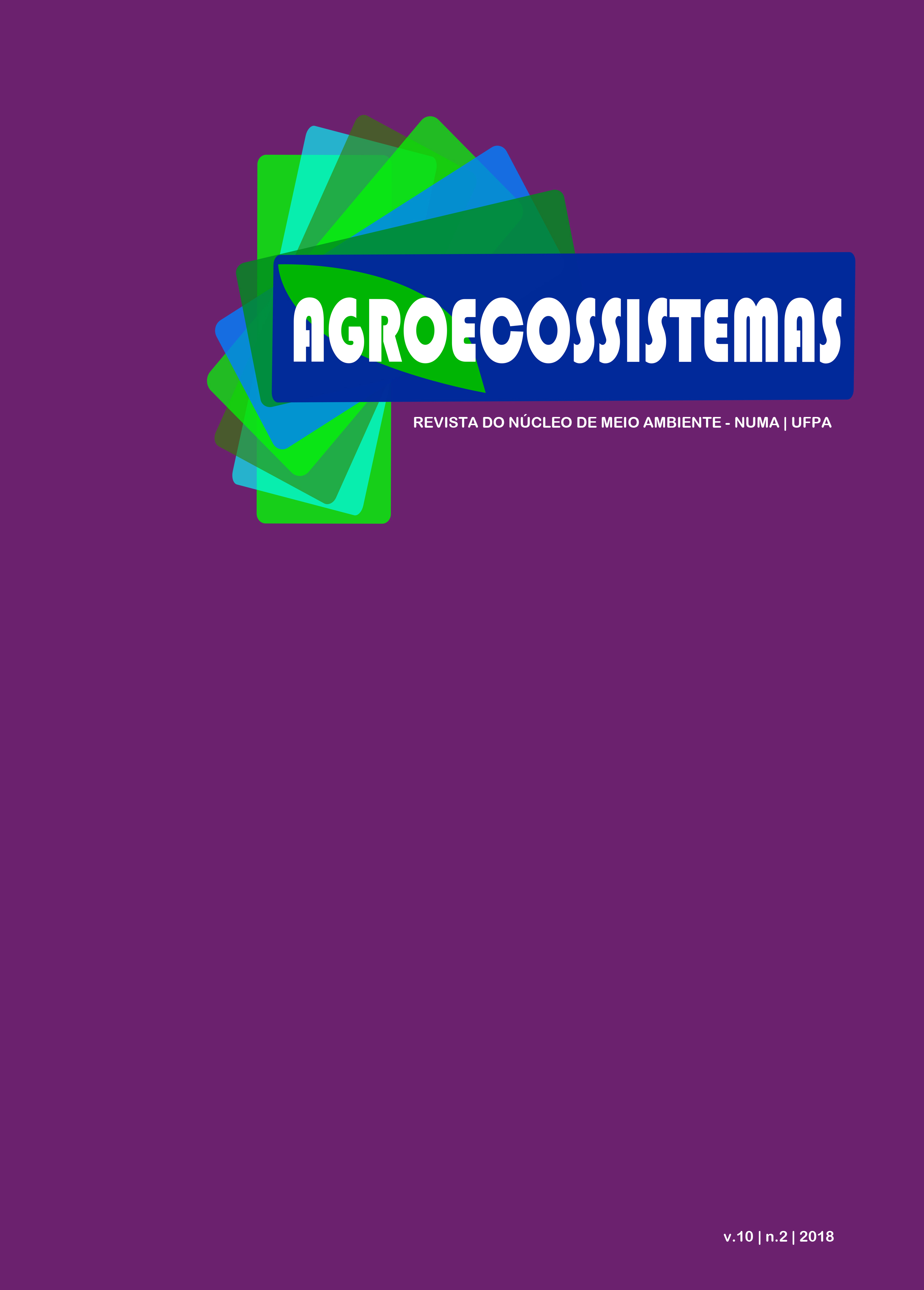ANALYSIS OF WATER ACTIVITY AND HUMIDITY IN HONEY QUALITY OF PRODUCED IN COMMUNITIES OF THE TAPAJÓS EXTRATIVIST RESERVE - ARAPIUNS, SANTARÉM, PARÁ
DOI:
https://doi.org/10.18542/ragros.v10i2.5146Abstract
This work aimed to evaluate the water activity (Aw) and humidity in honey of Scaptotrigona sp. produced in three communities of the Tapajós - Arapiuns Extractive Reserve, Santarém / PA. It was used 9 samples of honeys, being 2 of the community of Solimões, 4 of the community of Carão and 3 of the community of Anã. The samples were stored and refrigerated until the analyzes in triplicate and the SISVAR software was used for analysis of variance by Tukey's test (p <0.05). The results obtained for water activity varied from 0.68 to 0.77, the minimum corresponding to the community of Anã and the maximum the community of Solimões. The limit for water activity in honey from stingless bees is between 0.52 and 0.80, so the Aw of the samples of the present work are within the limit allowed so that there is no deterioration and loss of honey quality. In relation to humidity, the averages are between 24,37 and 33,86, being the highest average of Solimões and the lowest of Dwarf. Although there is no official parameter for meliponine honeys, some authors recommend maximum moisture of 35% for these honeys. Therefore, the moisture content obtained is within the recommended range, but needs further research to create specific legislation for bee honeys without sting, since it has different characteristics.KEYWORD: Deterioration, Microorganisms, Shelf.Downloads
Additional Files
- Tabela 2 - Médias dos valores de Atividade de água (AW) e Umidade. (Português (Brasil))
- Tabela 1 - Valores da atividade de água (AW) no mel das abelhas Canudo (Scaptotrigona sp.) nas comunidades de Solimões, Carão e Anã. (Português (Brasil))
- Carta de submissão (Português (Brasil))
- Mapa da Reserva Extrativista Tapajós-Arapiuns/Santarém-PA (Português (Brasil))
Published
2018-11-19
Issue
Section
Artigos Científicos


